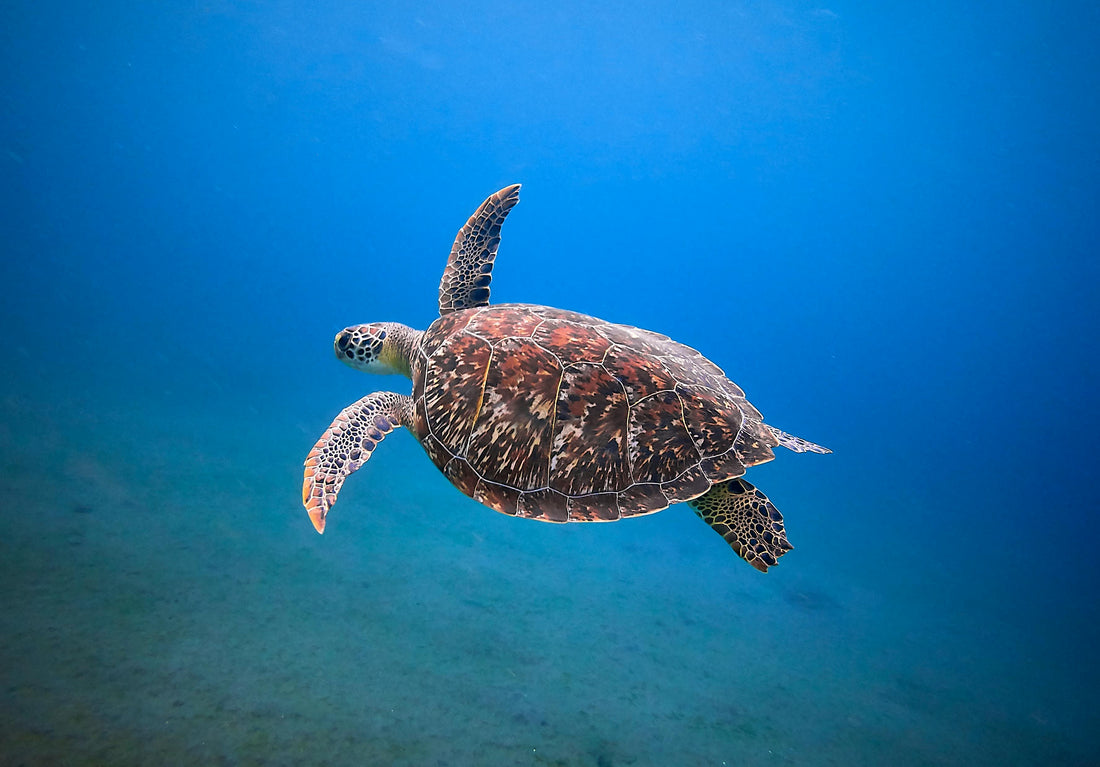If you’re new to diving or upgrading your gear, you might’ve come across something called a single tank adapter. It’s not flashy, but it plays a quiet, important role in keeping divers safer and setups more flexible — especially if you appreciate simple, reliable gear that does its job.
Let’s break down what single tank adapters are, how they work, and why they’re worth considering — even for experienced divers.
What Is a Single Tank Adapter?
A single tank adapter allows you to connect two regulators to one scuba tank valve. It’s a compact, often stainless-steel piece of gear that gives you a second air source without needing a second tank.
It’s commonly used by:
- Divers who want a backup regulator in case of failure
- Solo or technical divers who value redundancy
- Instructors running training or rescue exercises
- Anyone who likes extra peace of mind underwater
For newer divers, it’s an affordable way to build confidence. For seasoned divers, it’s a tool that adds flexibility to specific dive plans — especially when traveling light or working in mixed environments.
How Does It Work?
Installation is simple. The adapter screws into your tank valve and splits the output into two regulator ports. Depending on the model, you may get:
- Swivel connectors for easier hose routing
- DIN or Yoke compatibility options
- Built-in bleed valves to avoid over-pressurization
What to look for:
- Marine-grade stainless steel or anodized aluminum
- Precise machining for a snug, leak-free seal
- Compatibility with your specific valve and first-stage regulators
You can find a wide selection of STAs on Amazon.
Pro tip: Store your adapter with dry caps on both ports to protect threads and prevent debris from entering — especially important for saltwater divers.
Why Divers Use Them (Even Experienced Ones)
While not mandatory, single tank adapters offer real, functional benefits:
- Built-in redundancy without adding weight or bulk
- Easier gas-sharing in emergencies or during instruction
- Excellent for shore diving, travel diving, or environments where extra tanks aren’t practical
- Useful for underwater photography, rescue, or research diving involving multiple tools or unpredictable conditions
Even experienced divers use them when diving with drysuits, where temperature control is critical and failure of a primary reg could end a dive early. If you're choosing between thermal gear, see our wetsuit vs drysuit comparison.
Better Gear, Better Habits
Seasoned divers know that well-maintained gear = safer dives. But it’s not just about personal safety anymore — it's also about ocean health.
Most traditional wetsuits rely on toxic materials like neoprene that are energy-intensive and environmentally damaging to produce. At Turtl Project, we create eco-friendly wetsuits as an alternative to petroleum-based neoprene.
For divers looking to extend the life of what they already own, check out:
Investing in well-made, long-lasting gear — like a single tank adapter or a sustainable wetsuit — means less waste and fewer replacements. And that’s something every diver, surfer, or water-lover can feel good about.
FAQ
How long does neoprene take to decompose?
Neoprene can take over 100 years to decompose in a landfill.
How long does a wetsuit last?
The average lifespan of a petroleum wetsuit is around 1-2 years. However, a wetsuit can last anywhere from a few months to several years, depending on the quality of the material and how well it is taken care of.
What can I do with a used wetsuit?
There are several options for disposing of a used wetsuit, including donating it to a community program or upcycling/downcycling program.
Can wetsuit material be recycled?
Yes, wetsuit material can be recycled, but the process is not widely available yet.
What happens to old wetsuits?
Many old wetsuits end up in landfills, where they take years to decompose.
How is neoprene disposed?
Neoprene can be recycled or upcycled, check out our downcycling program to learn more.
What is the environmental impact of wetsuits?
Wetsuits have a significant environmental impact, as they are made from non-biodegradable materials and often end up in landfills.

